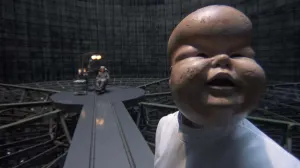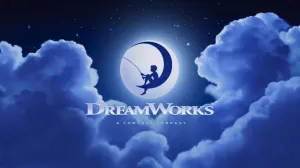You win some, you lose some. The old adage rings true for most things in life, including NASA and its endless exploration of the final frontier. Case in point, the federal organization is actively running a massive mission on Mars in hopes of finding any sign of life. On the flip side, the outfit also couldn’t manage to save Europe from an asteroid collision in a recent computerized simulation.
Videos by ComicBook.com
Over the course of the last week of April, scientists from both the United State and Europe joined forces in an online session led by NASA to simulate a potential apocalypse-causing asteroid. After all, you can never be too prepared — right? The hypothetical scenario involved an asteroid barreling towards the planet that would make contact in six months. The scientists were then tasked to use that timeline in an attempt to make sure minimal damage was done to the planet.
Bad news, folks — the scientists were unable to come up with a situation in which current technology would be able to dispose of the asteroid before its collision. In this specific simulation, that means much of Eastern Europe was taken out by the catastrophic asteroid.
“Each time we participate in an exercise of this nature, we learn more about who the key players are in a disaster event, and who needs to know what information, and when,” NASA Planetary Defense Officer Lindley Johnson offers in a press release. “These exercises ultimately help the planetary defense community communicate with each other and with our governments to ensure we are all coordinated should a potential impact threat be identified in the future.”
NASA has done similar scenarios seven separate times between 2013 and now with each exercise including different variables to brace scientists for new situations.
“Hypothetical asteroid impact exercises provide opportunities for us to think about how we would respond in the event that a sizeable asteroid is found to have a significant chance of impacting our planet,” added Dr. Paul Chodas, director of CNEOS. “Details of the scenario – such as the probability of the asteroid impact, where and when the impact might occur – are released to participants in a series of steps over the days of the conference to simulate how a real situation might evolve.”
More information on this study can be read on NASA’s website here. For other news involving space, aliens, and other out-of-this-world news, be sure to check out our ComicBook Invasion coverage here.
Cover photo by Tobias Roetsch/Future Publishing via Getty Images








